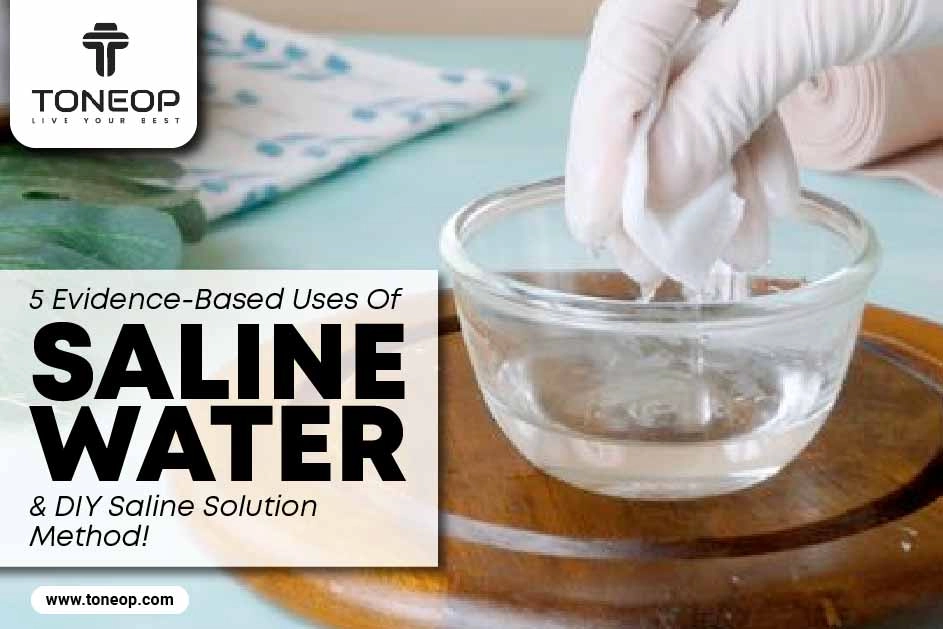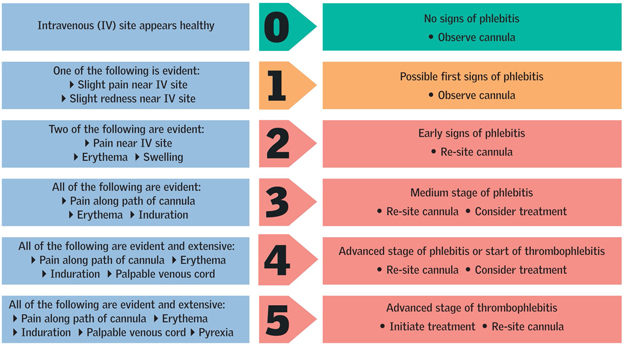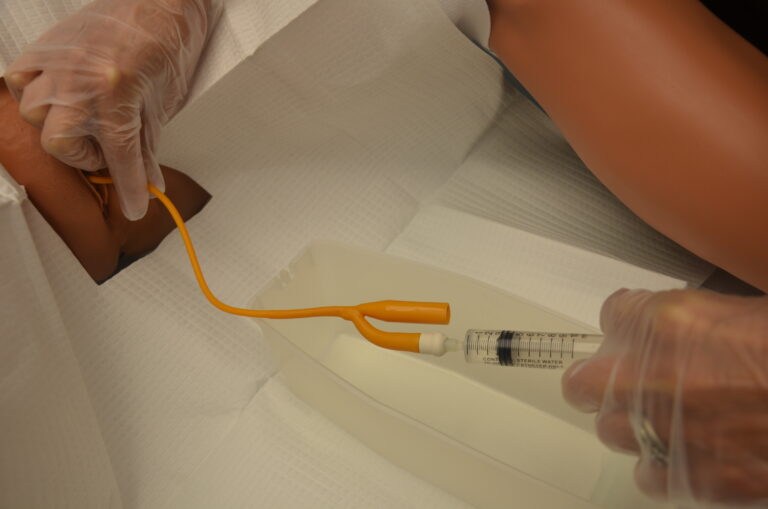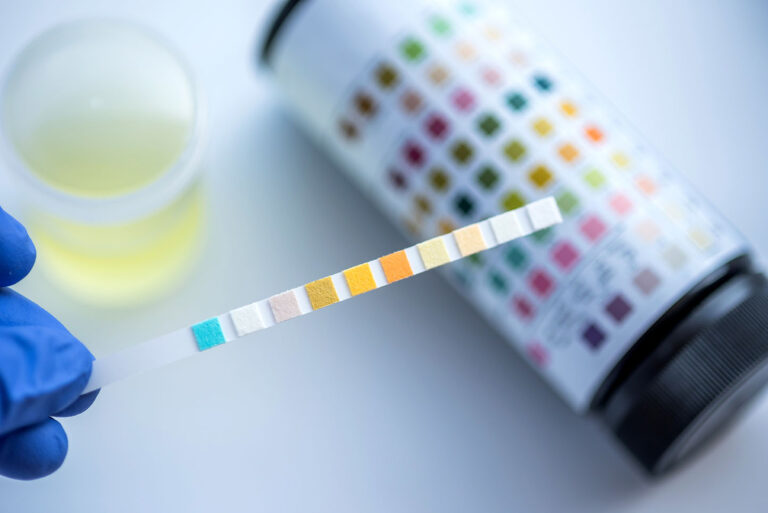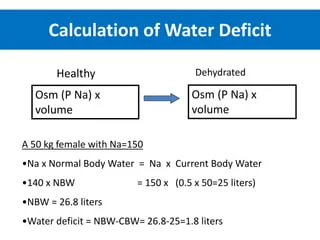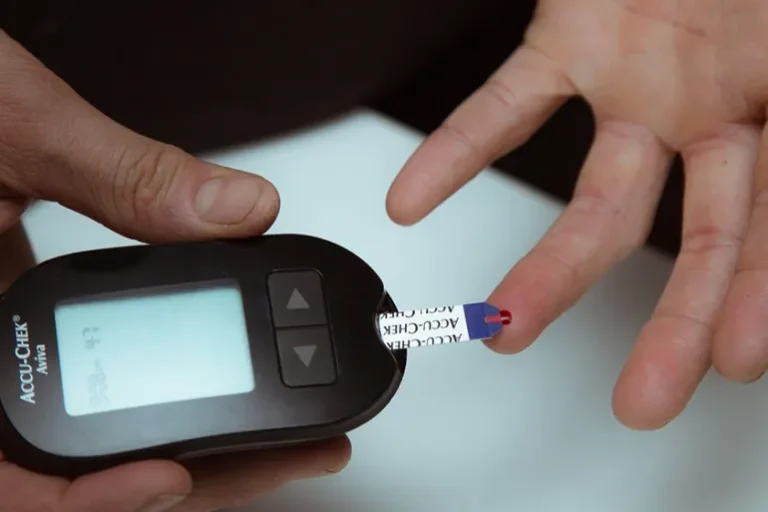Saline vs. Tap Water: OSCE Evidence-Based Practice
Saline vs. Tap Water: OSCE Evidence-Based Practice
:max_bytes(150000):strip_icc()/how-to-make-saline-solution-608142_V2-01-5c8a85d1c9e77c0001a925f9.png)
Saline vs. Tap Water
In the realm of wound care, the debate between using Saline and tap water for wound cleansing has been ongoing. The Objective Structured Clinical Examination (OSCE) often includes scenarios where healthcare professionals must decide the best practice based on evidence. This blog delves into the latest evidence-based practices for using saline versus tap water in wound care.
Background
Wound cleansing is a critical step in preventing infection and promoting healing. Traditionally, sterile saline has been the go-to solution due to its isotonic nature, which is gentle on tissues. However, the use of tap water has been considered due to its accessibility and cost-effectiveness.
Evidence-Based Findings
Recent studies have compared the effectiveness of saline and tap water in wound cleansing. The findings suggest that there is no significant difference in the rate of wound infections when using either solution. This conclusion is based on multiple trials that have shown comparable outcomes in terms of infection rates and healing times.
Advantages of Saline
- Sterility: Saline is sterile, reducing the risk of introducing pathogens into the wound.
- Isotonic Nature: Being isotonic, it does not disrupt the osmotic balance of tissues, making it gentle on wounds.
- Consistency: Saline provides a consistent and controlled solution for wound care.
Advantages of Tap Water
- Accessibility: Tap water is readily available in most settings, making it a convenient option.
- Cost-Effectiveness: Using tap water can significantly reduce the costs associated with wound care.
- Ease of Use: Tap water can be used immediately without the need for special storage or preparation.
Clinical Implications
For healthcare professionals, the choice between saline and tap water should be guided by the specific context of the wound and the resources available. In settings where sterility is paramount, such as surgical wounds, it may be preferred. However, for minor wounds or in resource-limited settings, tap water can be a viable alternative.
Conclusion
The decision to use saline or tap water for wound cleansing should be based on evidence and the clinical scenario. Both solutions have their merits, and the latest evidence suggests that either can be effective in preventing wound infections. Healthcare professionals should stay informed about the latest research and guidelines to make the best decisions for their patients.
